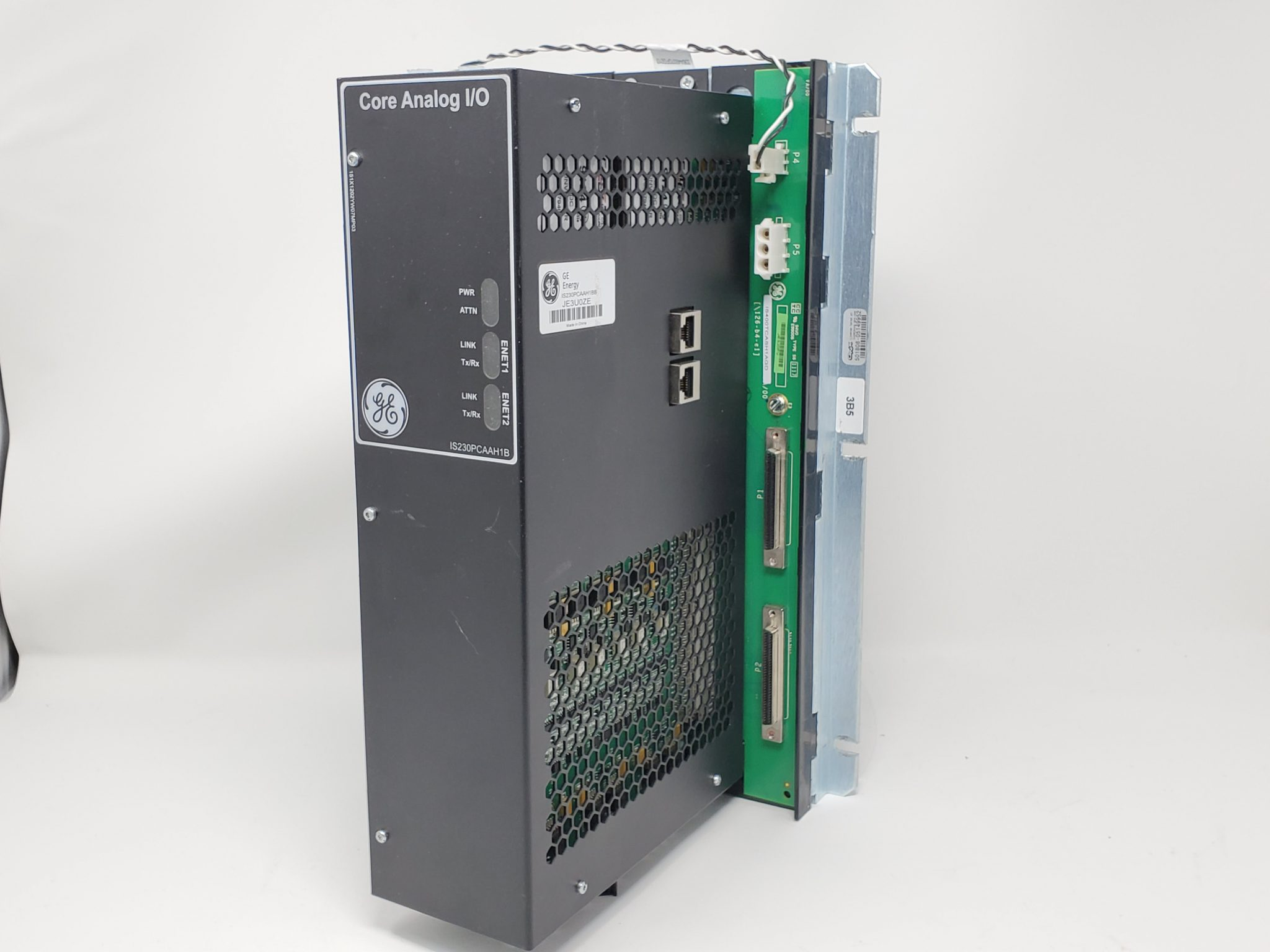
The Versatility of Signal Interface Instruments
Two common terms used within the process control industry with respect to isolation are two-way and three-way isolation. Isolation specifications often detail what the isolation levels are from input to output. This is often referred to as two-way (input-to-output) isolation and is the appropriate specification for a two-wire transmitter since it is powered from either its input or output terminals.
However, many manufacturers fail to mention or outline the isolation details when their isolators are four-wire (line/mains-powered) and require 24 Vdc, 110 Vac or 220 Vac to operate its circuits. In these instances, ensure that an isolator has full three-way isolation.
Three-way isolation is defined as input-to-output, power-to-input, and power-to-output isolation. If the isolator is powered by a dc supply, many manufacturers use common signal wires between the output and the power input. In these situations, there could be problems with common mode noise or a failing switching power supply that could create unwanted output signal errors.
Signal conversion
Signal converters are used to get legacy signal types, such as 10-50 mA, converted to a standard 4-20 mA or some other signal type that is compatible with a particular receiving device (Figure 3).

Fixed range or configurable signal converters?
There are three approaches to performing signal conversion:
1. One is to use fixed-ranged signal converters designed and built specifically for the conversion need such as 0-10 V in and 4-20 mA out. The advantage is simplicity, as there is nothing to configure. Just mount and wire the device, and you’re up and running. The disadvantage is lack of flexibility. If the application changes, the fixed-range signal converter is not easily, or simply can’t be, modified to accommodate signal types other than what was originally specified.
2. Another solution is to use a signal converter that has switches or jumpers to select or re-range the input and/or output. There’s a little more work to make the instrument suitable to the application, but a configurable signal interface is more flexible in addressing multiple applications or changing signal conversion needs. Fewer instruments need to be kept in stock.
3. The third approach is to use a signal converter that is PC-configurable to provide similar application flexibility, plus some performance enhancements. Usually, the rangeability has more resolution, and there are no potentiometers, jumpers or switches that can be easily changed without authorization.
Step down dangerous ac signals
Normally, when one thinks of isolators, they think of solving a problem at the instrument control level layer, typically dealing with dc signals. However, very common applications use a signal converter to monitor, trend, or alarm on ac signals. With preventive maintenance budgets shrinking, companies are closely monitoring expensive and critical equipment purchases. Pumps, motors and fans are quick to fall into this category.
Since much of this equipment is powered with ac voltage and high levels of current, a current transformer (CT) is installed. The role of a CT is two-fold. First, a CT is used to step down the current to a level that can easily be monitored. Second, safety is always a large concern. No one, especially a plant safety manager, wants technicians used to working with 24 Vdc grabbing hold of 5 amps ac.
A signal converter with an ac current input is used in these situations to convert and isolate a “high level” ac signal to a lower level 4-20 mA dc signal. The secondary of the CT, which is almost always 0-5 amps, can be directly wired into the input of the signal converter. As an added measure of protection, some manufacturers offer an externally mounted CT option that makes use of a “mini-CT” to step the 0-5 amps ac down to 0-5 mA ac. This signal interface with the much lower ac signal is now very safe to wire and handle.
Digital signal conversion
An emerging method of converting signals ignores all the previous rules laid down by analog isolators and converters. This new “digital signal conversion” is becoming especially popular in locations where power is sparse, and wires are few. A common application deals with digitally converting or “mapping” HART digital signals to the popular MODBUS RTU serial communications protocol (Figure 4).

Many programmable logic controllers (PLCs) and distributed control systems (DCSs)—new and old—accept MODBUS RTU, so this becomes a quick and efficient way to get HART data into a control system that doesn’t natively accept HART. HART devices and HART signals contain multiple pieces of data per instrument.
Therefore, a HART-to-MODBUS converter can be an effective tool when additional process variable and diagnostic data from field instruments are desired.























.jpg)












































.jpg)
.jpg)





.jpg)



.png)
.jpg)

.jpg)
_lVjBYb.jpg)

.jpg)
.jpg)



.jpg)
.jpg)







.jpg)

.jpg)
.jpg)











.jpg)





